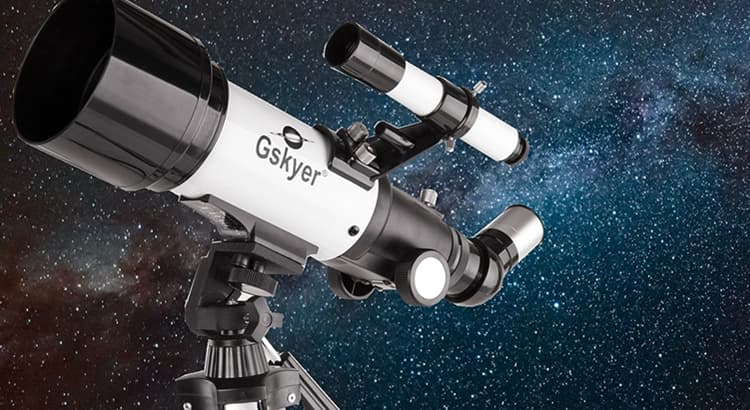Astronomical telescopes serve as portals to the cosmos, allowing us to peer into the depths of space and unlock the mysteries of the universe.
From ancient civilizations gazing at the stars to modern astronomers probing the farthest reaches of space, telescopes have played a pivotal role in expanding our understanding of the cosmos.
In this article, we’ll delve into what constitutes an astronomical telescope, how they work, and their significance in the realm of astronomy.
Defining the Astronomical Telescope: An Instrument of Exploration
An astronomical telescope is a specialized optical instrument designed to gather and magnify light from distant celestial objects, such as stars, planets, galaxies, and nebulae.
Unlike terrestrial telescopes used for observing objects on Earth, astronomical telescopes are optimized for observing objects in the night sky, where light pollution and atmospheric distortion can hinder visibility.
Components of an Astronomical Telescope: From Optics to Mounts
Astronomical telescopes consist of several key components that work together to collect and focus light from celestial objects. These components include:
1. Objective Lens or Mirror: The primary optical element of the telescope, the objective lens or mirror, gathers light and forms an image of distant objects. In refracting telescopes, the objective lens bends light to focus it, while in reflecting telescopes, the objective mirror reflects and focuses light onto a secondary mirror.
2. Eyepiece: The eyepiece is used to magnify the focused image produced by the objective lens or mirror, allowing astronomers to observe celestial objects in greater detail. Eyepieces come in various designs and magnification levels, allowing observers to customize their viewing experience.
3. Mount: The mount is the support structure that holds the telescope and allows it to be pointed and tracked across the sky. There are two main types of telescope mounts: alt-azimuth mounts, which move the telescope vertically (altitude) and horizontally (azimuth), and equatorial mounts, which align with the Earth’s axis of rotation for easier tracking of celestial objects.
Working Principle: Gathering Light to Reveal the Cosmos
The fundamental principle behind astronomical telescopes is the gathering of light from distant objects to create a focused image that can be viewed by the observer. When light enters the objective lens or mirror, it is bent or reflected and focused to form an image at the focal point. The eyepiece then magnifies this image, allowing observers to see distant objects in greater detail than they could with the naked eye.
Types of Astronomical Telescopes: Reflectors, Refractors, and More
There are several types of astronomical telescopes, each with its own advantages and limitations:
1. Refracting Telescopes: Also known as refractors, these telescopes use lenses to gather and focus light. They are known for their crisp, high-contrast images but can suffer from chromatic aberration, where different colors of light focus at slightly different points.
2. Reflecting Telescopes: Reflectors use mirrors to gather and focus light, eliminating the chromatic aberration found in refractors. They are often more affordable and easier to manufacture at larger apertures, making them popular among amateur astronomers.
3. Catadioptric Telescopes: These telescopes combine lenses and mirrors to achieve compact designs with good image quality. Examples include Schmidt-Cassegrain and Maksutov-Cassegrain telescopes, which are prized for their versatility and portability.
Significance of Astronomical Telescopes: Advancing Our Understanding of the Universe
Astronomical telescopes have played a pivotal role in advancing our understanding of the universe and shaping our view of the cosmos. From Galileo’s pioneering observations of the moons of Jupiter to the breathtaking images captured by modern space telescopes like Hubble, telescopes have provided invaluable insights into the nature of celestial objects, the structure of the universe, and our place within it.
Conclusion
In conclusion, astronomical telescopes are essential tools for exploring the wonders of the cosmos and expanding our understanding of the universe.
Whether gazing at the rings of Saturn, the craters of the Moon, or the distant galaxies of the cosmos, telescopes offer us a window to the universe and a glimpse into the vastness and beauty of creation.
As we continue to peer into the depths of space with ever more powerful telescopes, we are sure to uncover new mysteries and unlock the secrets of the cosmos for generations to come.





